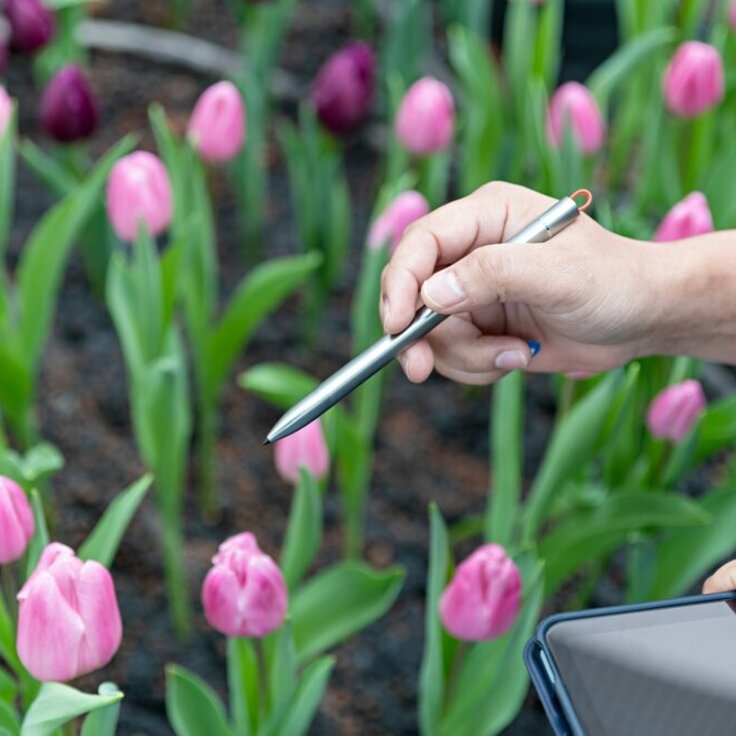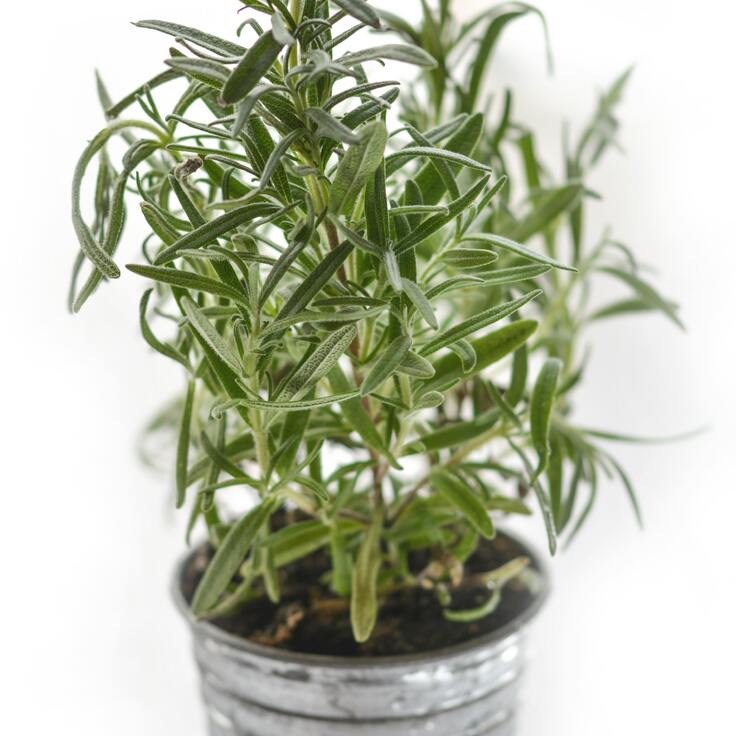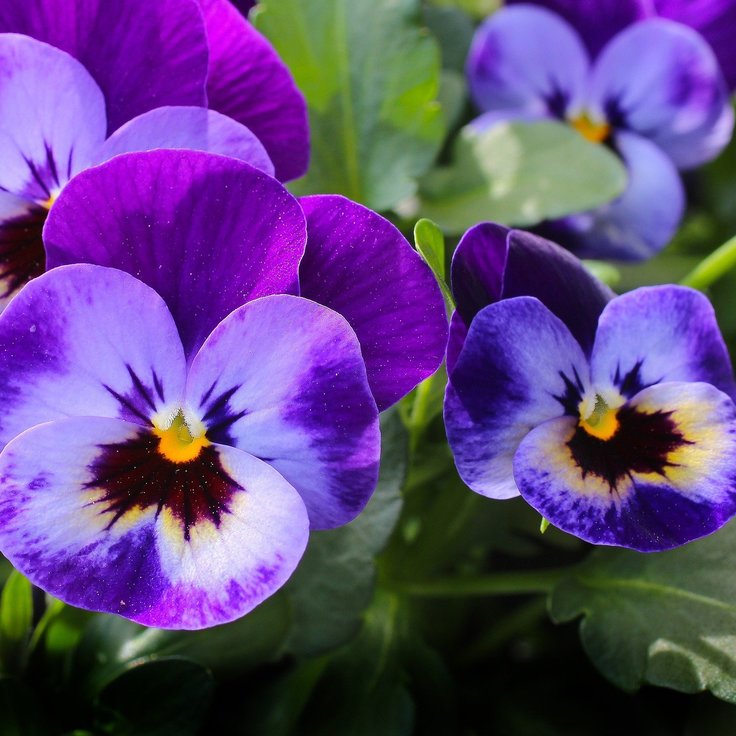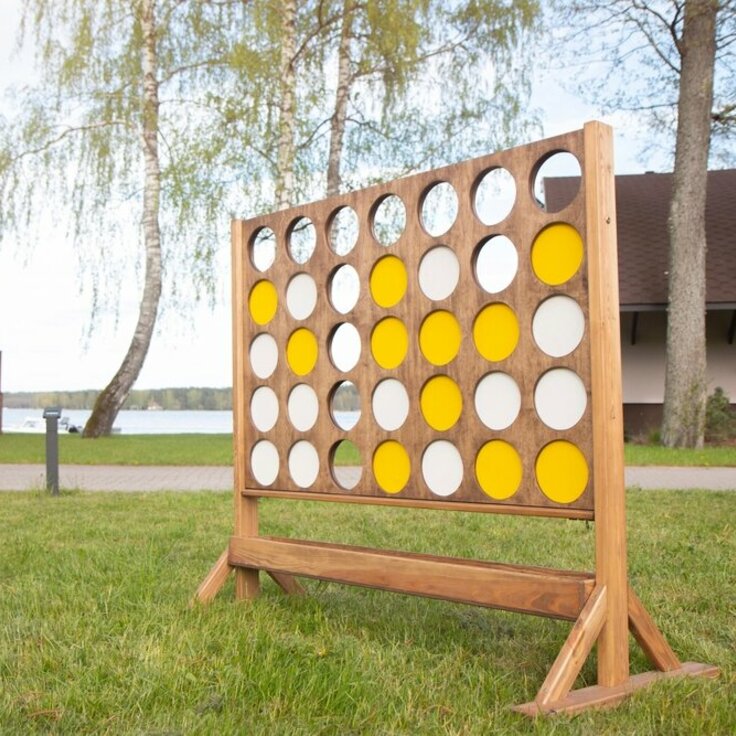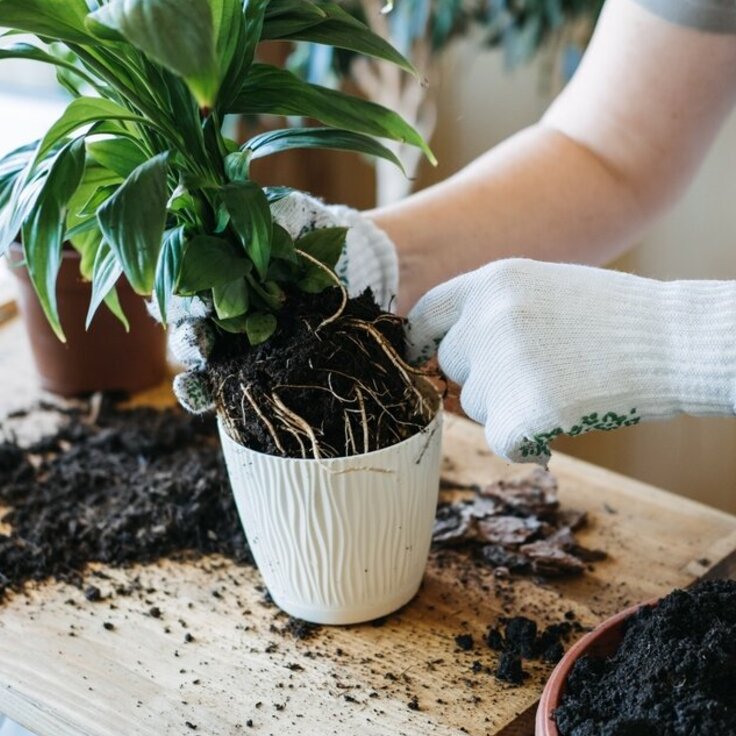Identifying the Culprits: Understanding Plant Flies
Before delving into solutions, it's crucial to identify the pests plaguing your indoor oasis. Those tiny, pesky black flies hovering around your beloved plants are likely fungus gnats or fruit flies. Fungus gnats are commonly found in damp soil, while fruit flies are attracted to overripe fruits and organic matter. Distinguishing between the two will help you tailor your approach to banish these nuisances effectively.
Natural Remedies: Harnessing the Power of Nature
Fortunately, there are several natural remedies to bid farewell to these unwelcome guests without resorting to harsh chemicals. One effective method involves creating a vinegar trap. Simply fill a small bowl with apple cider vinegar and a few drops of dish soap. The sweet scent of vinegar lures the flies, while the dish soap breaks the surface tension, causing them to drown. Place these traps strategically around your plants to trap and eliminate the pests.
Soil Management: Maintaining a Healthy Habitat
To prevent future infestations, it's essential to address the root cause – pun intended. Overwatering creates a hospitable environment for fungus gnats, as they thrive in moist soil. Allow the soil to dry out between watering sessions to disrupt their life cycle. Additionally, consider incorporating a layer of sand or gravel on top of the soil to deter adult flies from laying eggs. This simple yet effective measure can significantly reduce the likelihood of a recurrence.
Biological Controls: Introducing Beneficial Allies
Nature often provides its own solutions to pest problems. Introducing beneficial insects such as predatory nematodes or rove beetles can help keep plant flies in check. Predatory nematodes feast on the larvae of fungus gnats, effectively reducing their population. Similarly, rove beetles are natural predators of fruit flies, making them valuable allies in your battle against indoor pests. These biological controls offer a sustainable and eco-friendly approach to pest management.
Cultural Practices: Cultivating Healthy Habits
Lastly, adopting good cultural practices can fortify your plants against future infestations. Regularly inspect your plants for signs of pest activity, such as yellowing leaves or soil disturbances. Remove any decaying organic matter, such as fallen leaves or overripe fruits, to eliminate potential breeding grounds for flies. Additionally, consider repotting your plants using fresh, sterile soil to prevent the reintroduction of pests. By implementing these practices, you'll create an inhospitable environment for plant flies, allowing your indoor garden to thrive pest-free.

